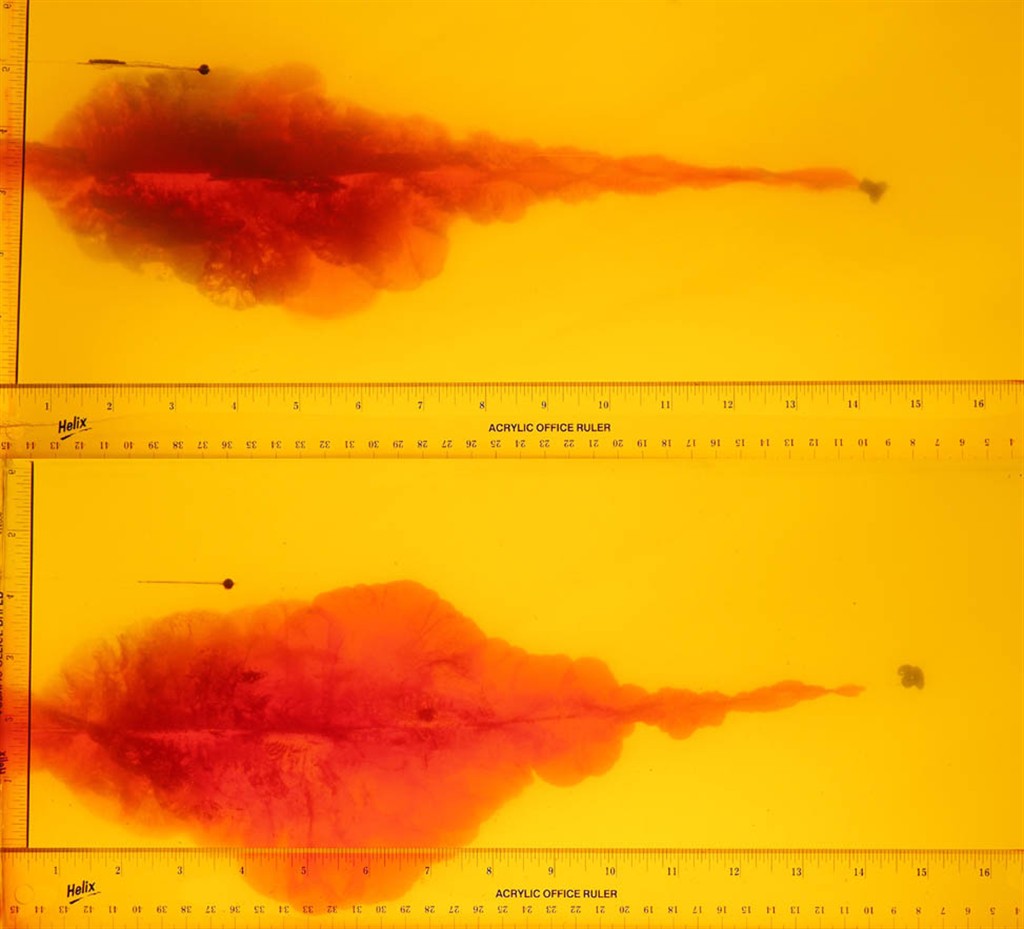Typical Weapons Used
As the media has made very clear, the typical weapon chosen in school and public shootings has largely been the AR-15 or some variation. According to the New York Times, the weapons used in Parkland, Southerland Springs, Texas, Las Vegas, Orlando and San Bernardino were all variations of the AR-15 [8]. These weapons were bought legally by the shooters in each of these cases except for the San Bernardino incident where they were still bought legally, but not by the shooters. In some of these incidents, a handgun was also used. Although there are many more variations of these handguns, the most common two types of ammunition used are the 9mm round and the .45 caliber round.
The AR-15
The “AR” in the title AR-15 does not actually stand for assault rifle, automatic rifle or anything close to that. In fact, it actually stands for the original manufacturer of the weapon, ArmaLite. With their limited success in selling the weapon, they ended up selling the design to colt to be manufactured for use by the U.S. military. In the 1970s, the patent for the AR-15 expired and broad manufacturing of variations of the AR-15 began. Although they look similar, what was released to civilians was actually very different from what was being sold to the military. The civilian version is a semiautomatic weapon (which means it required 1 trigger pull for 1 round to be fired) whereas the military version is fully automatic [9].
This weapon fires the 5.56 x 45mm round or the .223 caliber round. Although it varies from round to round (depending on how it is packed, how much and what kind of powder is used), the bullet travels at around 3000 ft/sec [10]. Even though it is small, where a piece of metal flying that fast hits tissue, it does more than punch a hole. Although the bullet can fragment and cause problems that way, where you usually see the most damage is cavitation occurs. As stated in an article on Wired.com,
“When you trail your fingers through water, the water ripples and curls. When a high-velocity bullet pierces the body, human tissues ripples as well—but much more violently. The bullet from an AR-15 might miss the femoral artery in the leg, but cavitation may burst the artery anyway, causing death by blood loss. A swath of stretched and torn tissue around the wound may die.” [11]
In the figure below, you can see the cavitation caused by a 5.56 x 45mm round. Even though the bullet is small, with the weight, shape, spin and speed, it can cause much more damage than one would think by simply looking at the entry or exit wound.
Figure 1: AR-15 fired into ballistic gelatin [12]

The 9mm and .45 Caliber Handgun
In many of the recent shootings, along with a weapon firing the 5.56 x 45 mm round, often shooters carried a secondary weapon that was usually a handgun. The two most common rounds for handguns are the 9mm and the .45 caliber. While both move significantly slower than the 5.56 X 45 mm (the 9mm at around 1150 fps and the .45 around 850 fps), they are both bigger rounds and can still do significant amounts of damage [7]. Like the 5.56 x 4 mm round, they still cause cavitation and do not go straight through.
Usually, these handguns are also semi-automatic meaning they fire a round with each pull of the trigger. While they do have a range of magazine sizes for the different variations of handguns, most range from 7-15 rounds and they can be changed quickly. This is why they are chosen as a sidearm.
https://www.youtube.com/watch?v=HRbAfdoU9vY
Connect with Vanderbilt
©2025 Vanderbilt University ·
Site Development: University Web Communications